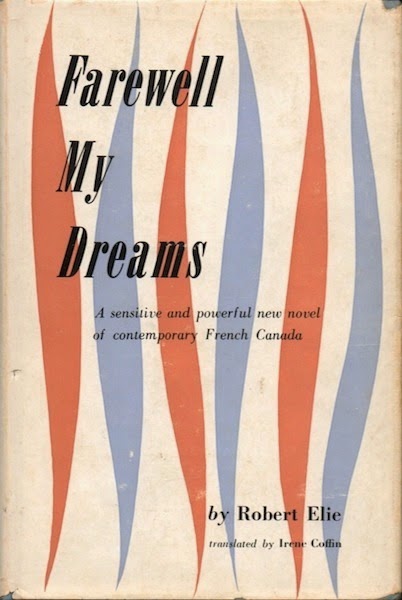It's been some time since I've written much about John Glassco, whose life consumed seven or so years of mine. A Gentleman of Pleasure, my biography of the man, was published by McGill-Queen's in 2011. Last year saw The Heart Accepts It All, a selection of his letters I edited for Véhicule Press. I've since been working on other projects, but Glassco is forever in the background. The last few months have brought reviews of the biography from Robert Edison Sandiford (The Antigonish Review) and the letters from Bruce Whiteman (Canadian Notes & Queries). The former is available online. Here's an excerpt:
Busby’s biography is as much forensic exercise as literary reclamation. He is only interested in the facts of Glassco’s life and work that can be corroborated. The level of cross-checking he had to do must have been drink-inducing. But it pays off with a book that gives a lively and accurate account of a Canadian writer who was at one point one of the country’s most significant translators and who remains iconic because of his famous fictionalized memoir.Speaking of fiction, this past Hallowe'en morn my eyes were drawn to this Margaret Cannon review on the Globe & Mail website:
Glassco died young? As I creep up in age, seventy-one no longer seems so ancient. But still.
I've always meant to read Murder in Montparnasse, if only to see whether Glassco, Taylor, Callaghan, McAlmon and other fixtures of that time and place feature in its pages. I had no idea that the protagonist of the 1992 mystery is based on Glassco; no one else has ever made the connection. To be honest, nothing in Ms Cannon's writing convinces me that this is so. You'll forgive me, I hope, for pointing out that she botches the title of Glassco's memoirs.
Still, I'll make a point of reading Engel's mystery.
A decade or so ago, when I began work on what would become A Gentleman of Pleasure, a fellow writer cautioned. "Do this and Glassco will always be with you," he said. "The biographer's subject haunts."
He himself had written the biography of a man whom he'd come to despise.
His experience is not mine.
I leave the second to last words to Sandiford:
Busby may be overly sympathetic at times, which is understandable given his subject, but there is something all of us – artist and not – can understand of Glassco’s very human doubts that he may be merely a “trifler, dilettante, petit-maître.”Indeed, in all of us.
Cross-posted, with minor variations, at A Gentleman of Pleasure.
































